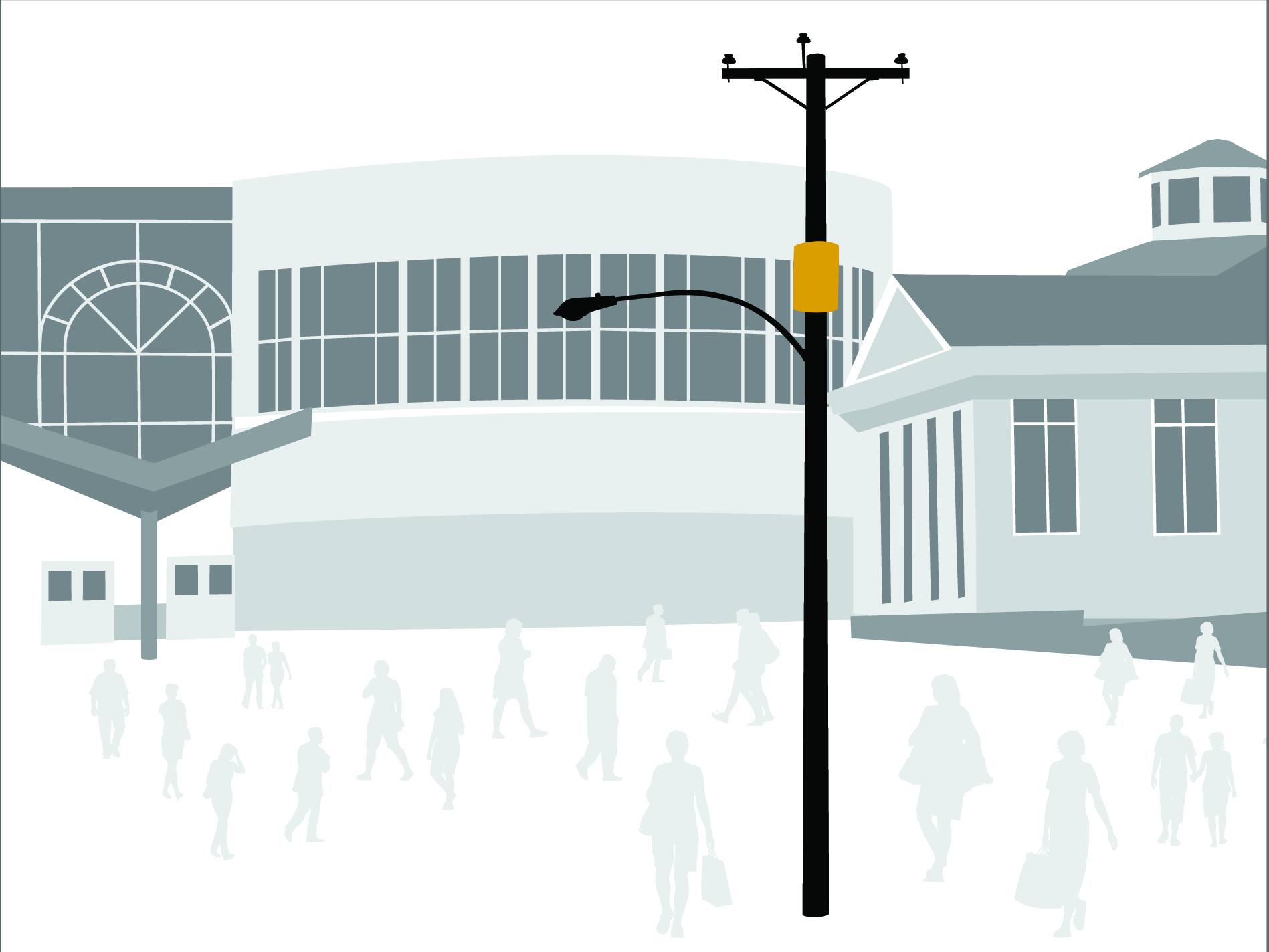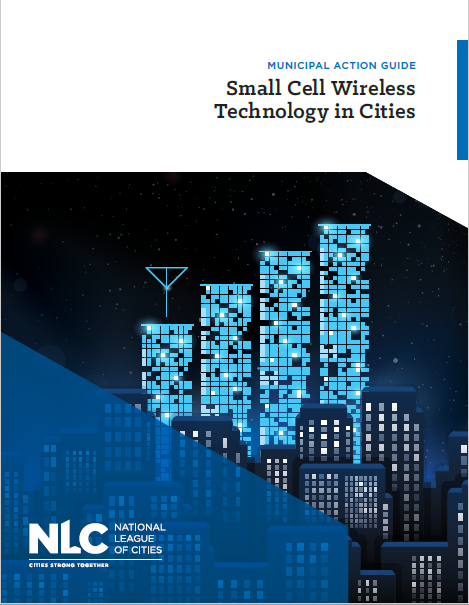With this seismic shift toward smart cities and the internet of things (IoT), reliance on wireless and wireline broadband infrastructure is becoming greater and greater. Mobile phones, IoT devices and other small wireless gadgets are becoming ubiquitous. Wireless data consumption has reached approximately 1.8 exabytes per month in North America alone, and that number is projected to grow six-fold by 2022.2 As various wireless providers maintain that the roll out of 5G internet service is approaching, and the IoT proliferates with the connection of millions of new smart devices to the internet, cities must face the reality that to meet the increasing demands of residents, more wireless facilities and infrastructure must be deployed. With that reality, city officials must also face a number of policy, public safety, land-use and right-ofway considerations.
As cities navigate this rapidly-changing policy issue with both wireless and infrastructure providers and community residents, a number of considerations for the different stakeholders begin to emerge. This action guide from the National League of Cities (NLC) provides an overview of small cell technology, as well as guidance on how local governments can plan for, develop policy and processes around, and manage the deployment of, small cell wireless infrastructure. It will also provide city leaders with strategies for proactively engaging with wireless providers and residents to plan for small cell networks in their communities.
Click here for the National Association of Telecommunications Officers and Advisors’ and our model ordinance for municipalities.

